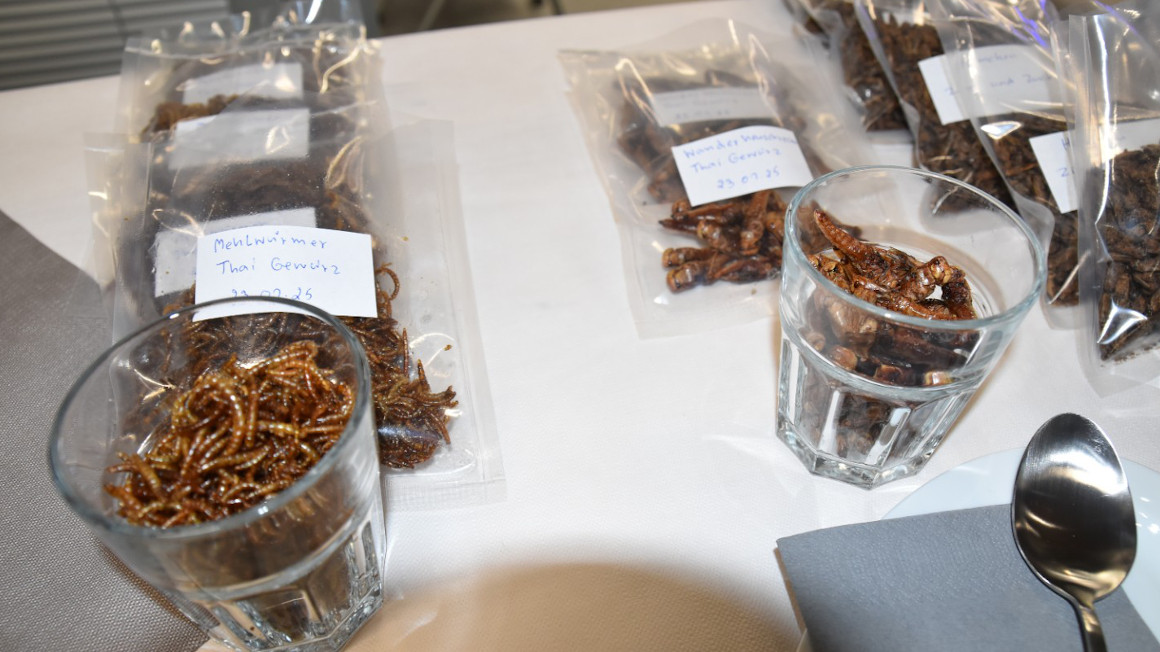Cracking the natural code of chitin
How is chitin produced by nature? Researchers want to uncover this in order to make the biopolymer useful for medicine.

Chitin is the second most common polysaccharide on earth after cellulose and a major component of the shell of many insects such as beetles and flies. The biopolymer is often used as a starting material for the technical production of chitosan, which in turn is used to manufacture fibers, foams or films. Because of its structuring and biocompatible properties, however, it is of particular interest for medical products - for example, for replicating organs or as a carrier material for drugs. However, medical applications have so far been limited because the human immune system regards chitin as a foreign substance and resists it.
Chemically modifying chitin
A project funded by the German Research Foundation aims to solve this problem. Starting next year, the team led by Hans Merzendorfer from the Institute of Biology at the University of Siegen will investigate the extent to which chitin can be chemically modified so that it is accepted by the body and can be used in medicine in the future.
Chemical pattern causal for defense reaction
"Chitin is easily chemically modifiable, it has an antibacterial effect, and is extremely tear-resistant as well as heat-insulating, to name just a few of these positive properties," says Merzendorfer, who has been studying chitin and its properties for many years. "We don't yet know exactly how chitin is produced by nature. But we observe that the fine structure of the polymer contains a specific, chemical pattern."
Exploring the structure of chitin
Merzendorfer suspects that this pattern is responsible for chitin being rejected by the body as a foreign substance. "If we were able to change the chemical pattern so that it is not recognized by the immune system, we could prevent this reaction," says Merzendorfer. In several subprojects, researchers will take a close look at the biopolymer in the coming years to decipher the code that determines the structure of chitin.
bb


